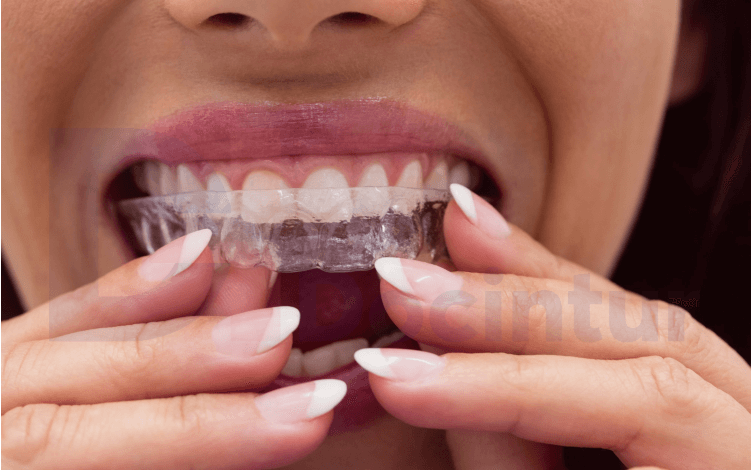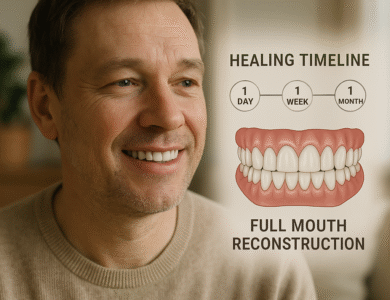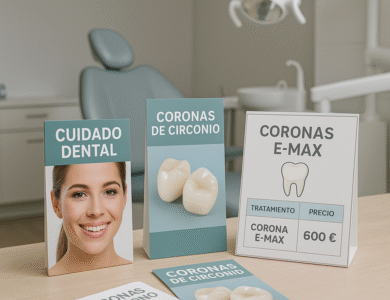
Braces vs Clear Aligners: 7 Key Factors to Consider for Your Perfect Smile in 2025
Braces vs Clear Aligners: 7 Key Factors to Consider for Your Perfect Smile in 2025
When it comes to straightening teeth, Braces vs Clear Aligners is one of the most common questions patients ask. Both methods are effective, but they differ in appearance, comfort, treatment duration, and suitability for specific dental issues. This guide will help you understand the pros and cons of each option so you can make an informed decision.
Braces vs Clear Aligners: Understanding the Basics
Traditional braces have been used for decades and consist of brackets attached to the teeth connected by wires. Clear aligners, such as Invisalign, are transparent, removable trays that gradually move teeth into position. Knowing the difference is key when comparing Braces vs Clear Aligners for your treatment.
Braces: The Classic Solution
Pros of Braces:
- Suitable for all types of dental issues, including severe misalignment and bite problems.
- Fixed in place, meaning no risk of losing them or forgetting to wear them.
- Available in different styles, including metal, ceramic (tooth-colored), and lingual (placed behind the teeth).
Cons of Braces:
- More visible than clear aligners, which can be a concern for some individuals.
- Require dietary restrictions (avoiding sticky, hard, or chewy foods).
- More challenging to clean, requiring special flossing techniques.
- Can cause some discomfort, especially after adjustments.
Clear Aligners: The Modern Alternative
Clear aligners, such as Invisalign, are a newer orthodontic treatment that consists of custom-made, transparent trays designed to gradually shift teeth into alignment. They are removable and nearly invisible.
Pros of Clear Aligners:
- Almost invisible, making them a great choice for adults and teens who prefer a discreet option.
- Removable, allowing for easier eating, brushing, and flossing.
- More comfortable than traditional braces, as there are no wires or brackets that may cause irritation.
Cons of Clear Aligners:
- May not be suitable for severe misalignment or complex bite issues.
- Requires discipline to wear them for 20-22 hours a day; forgetting to wear them can delay progress.
- Can be misplaced or lost, leading to additional costs and treatment delays.
- Can be more expensive than traditional braces, depending on the case.
Key Factors in Choosing Between Braces vs Clear Aligners
- Dental Needs: Severe crowding or bite issues may require braces. Mild to moderate alignment problems can often be treated with clear aligners.
- Lifestyle: If you want a discreet option for work or school, clear aligners are preferable.
- Comfort: Clear aligners tend to cause less irritation to gums and cheeks.
- Treatment Duration: Braces can be slightly faster for complex cases, while aligners require consistent wear.
- Cost: Consider your budget; braces may be more affordable initially, while aligners offer flexibility.
- Maintenance: Clear aligners need diligent cleaning, while braces require special flossing tools.
- Compliance: Aligners rely on patient discipline; braces are fixed and do not require conscious effort.
Which One Is Right for You?
The best orthodontic treatment depends on your specific dental needs, lifestyle, and preferences. If you have severe misalignment or bite problems, braces might be the better option. If you want a discreet and flexible treatment, clear aligners could be a great choice.
FAQs About Braces vs Clear Aligners
Which is better for teens?
Both can work, but clear aligners are preferred for self-conscious teens who want a discreet option.
Can adults use braces or aligners?
Yes, adults can successfully undergo either treatment depending on dental complexity.
Do aligners work for severe misalignment?
In many cases, braces are better for severe or complex dental issues.
Are braces or aligners more comfortable?
Clear aligners generally cause less discomfort and irritation compared to braces.
How long does treatment take for Braces vs Clear Aligners?
Treatment varies; braces may range from 18–36 months, while aligners typically take 12–24 months, depending on severity.
Consult a Professional
When deciding between Braces vs Clear Aligners, it’s essential to consult an orthodontist. At Docintur, we connect you with experienced professionals who can assess your smile and recommend the best treatment plan.
Straightening your teeth is an investment in confidence and oral health—choosing the right option ensures the best results for your lifestyle and smile goals.
If you’re considering braces or clear aligners, take the first step by contacting a local specialist today. Additionally, download Docintur to connect with physicians, hospitals, and clinics easily. For inspiring before-and-after photos about oral and dental health, visit docintur.com.





